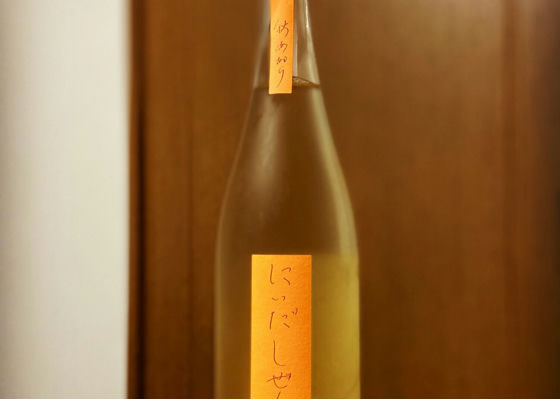
森田淳也
Since it is made without any added yeast, you can taste the gentle honey-like flavor typical of Niida, as well as the bitterness from the low rice polishing and the acidity typical of a traditional yeast mash.
Warming it up adds a buttery smell and taste, and the bitterness becomes mellow while the acidity becomes more effective. I felt that the acidity was too strong when it was warm, so I personally felt that it tasted better when it was raised to around 60 degrees.
This is the first time I've tasted a buttery flavor in sake, but if you study it properly, there may be a correct way to describe it. It is profound.
Japanese>English